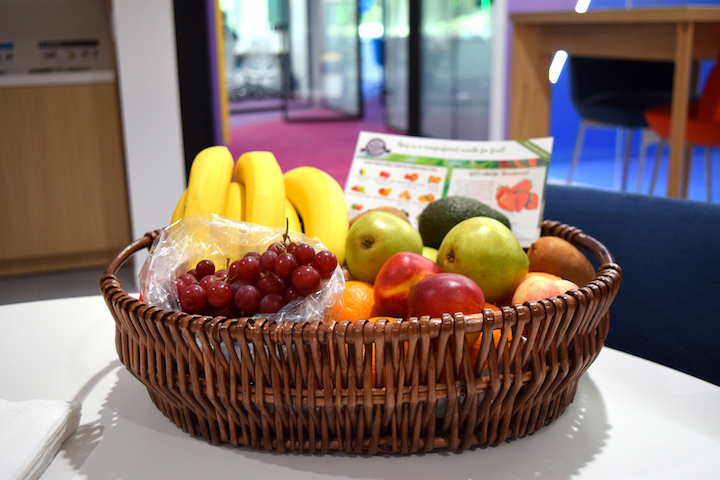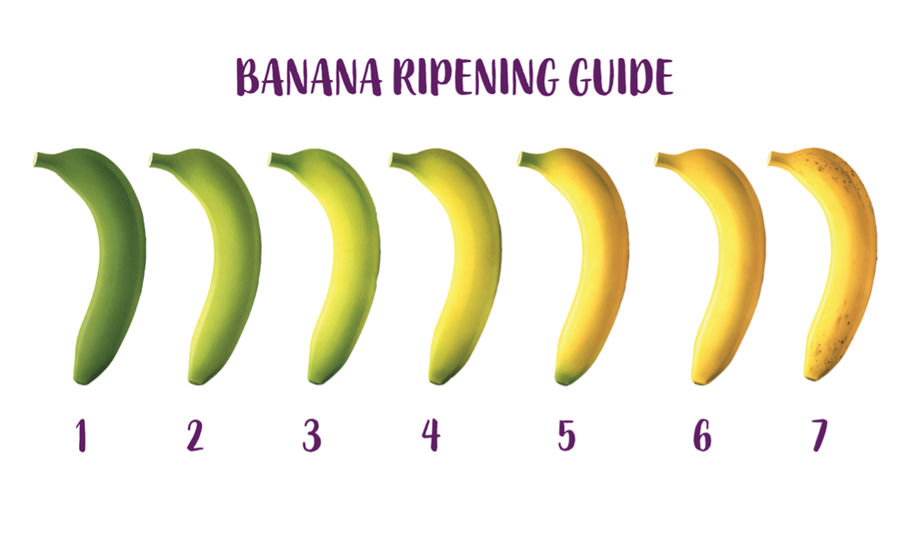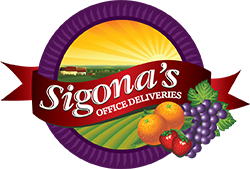Banana Q&A with Paul Sigona

A household staple, bananas are the number one most consumed fruit in the world. Yet few know the people who take them from the trees to our tastebuds. Paul Sigona is one of those people. He has over 40 years of produce expertise and oversees all operations here at Sigona’s Office Deliveries.
You seem to always be in the ripening room with your temperature gun, on the loading dock inspecting an order, or discussing bananas with the warehouse or inventory manager. Why are bananas so important?
For us, bananas are a big indicator of overall fruit quality. They’re in every single one of our office deliveries baskets. They’re the first thing you notice, so they create an important first impression.
Can you walk me through how we buy bananas?
Most of the fruit that grows well in our Mediterranean climate, like citrus and stone fruit, we know the farmers. We can visit them and buy directly. But bananas grow best in tropical regions, we can only buy at the wholesale market.
In general, buying depends on three things, quality, what day we receive the bananas, and what the customer wants
What are we looking for?
As far as the banana itself, we’re looking for ripeness. Bananas go through seven different colors. They start at a one, which is green. They go to a seven which is yellow with brown speckles.
There is no ideal banana or ideal level of ripeness. It’s all up to when the customer wants their bananas and when they plan to eat them.
What about when the bananas arrive at Sigona’s Office Deliveries?
The most important thing is ripeness. We want more yellow than green. We’re making sure they’re not bruised or banged up. And we check temperature.
Where are the bananas stored?
We store them in a controlled atmosphere room – our ripening room. It’s also a room dedicated to bananas. Like apples and some other fruits, bananas give off ethylene gas, which hastens ripening. So that’s why we separate fruit. We keep the room at roughly 57 degrees which is ideal for controlling banana ripening.
What happens if the bananas arrive too warm?
We separate the boxes of bananas on a pallet so there’s space between them. Then we plug in these huge industrial fans. We point them towards the bananas. They make the ripening room sound like a tarmac. The airflow between the boxes helps cool the bananas down.
What if it’s too cold?
Bananas are a tropical fruit. They like warm weather. When bananas are stored cold, they turn a brown or greyish color. If the banana turns a light brown outside, it could have been hit hard with wind or it could be bruised. It could also be because it was handled below 55 degrees. These aren’t the kinds of bananas we get, if it looks bruised or is discolored, we don’t buy it.
 “In general, people like a 4.5 color banana and that’s usually what goes into the office deliveries baskets. It’s a good in-between. If someone wants a banana with a little green, they can eat it that day. Some people prefer greener bananas because they’re lower in sugar, fiber-rich, and filling. If they want a riper banana, they can let it sit on their desk for a day or two until it’s the way they like it. Typically, that’s yellow all the way through, around a. 5.5-6.”
“In general, people like a 4.5 color banana and that’s usually what goes into the office deliveries baskets. It’s a good in-between. If someone wants a banana with a little green, they can eat it that day. Some people prefer greener bananas because they’re lower in sugar, fiber-rich, and filling. If they want a riper banana, they can let it sit on their desk for a day or two until it’s the way they like it. Typically, that’s yellow all the way through, around a. 5.5-6.”
What happens next?
We check on them every day, twice a day to make sure they’re ripening the way we want. Then we pack them in baskets and deliver them.
What would people be surprised to know about bananas?
When they’re picked, they’re not yellow with green tips like you see in our baskets. Actually, when they’re picked for the market, they’re completely green.
What else?
They have to be handled gently. It’s like any kind of fruit. You have to pick it up like it’s a baby and set it down like it’s a baby.


